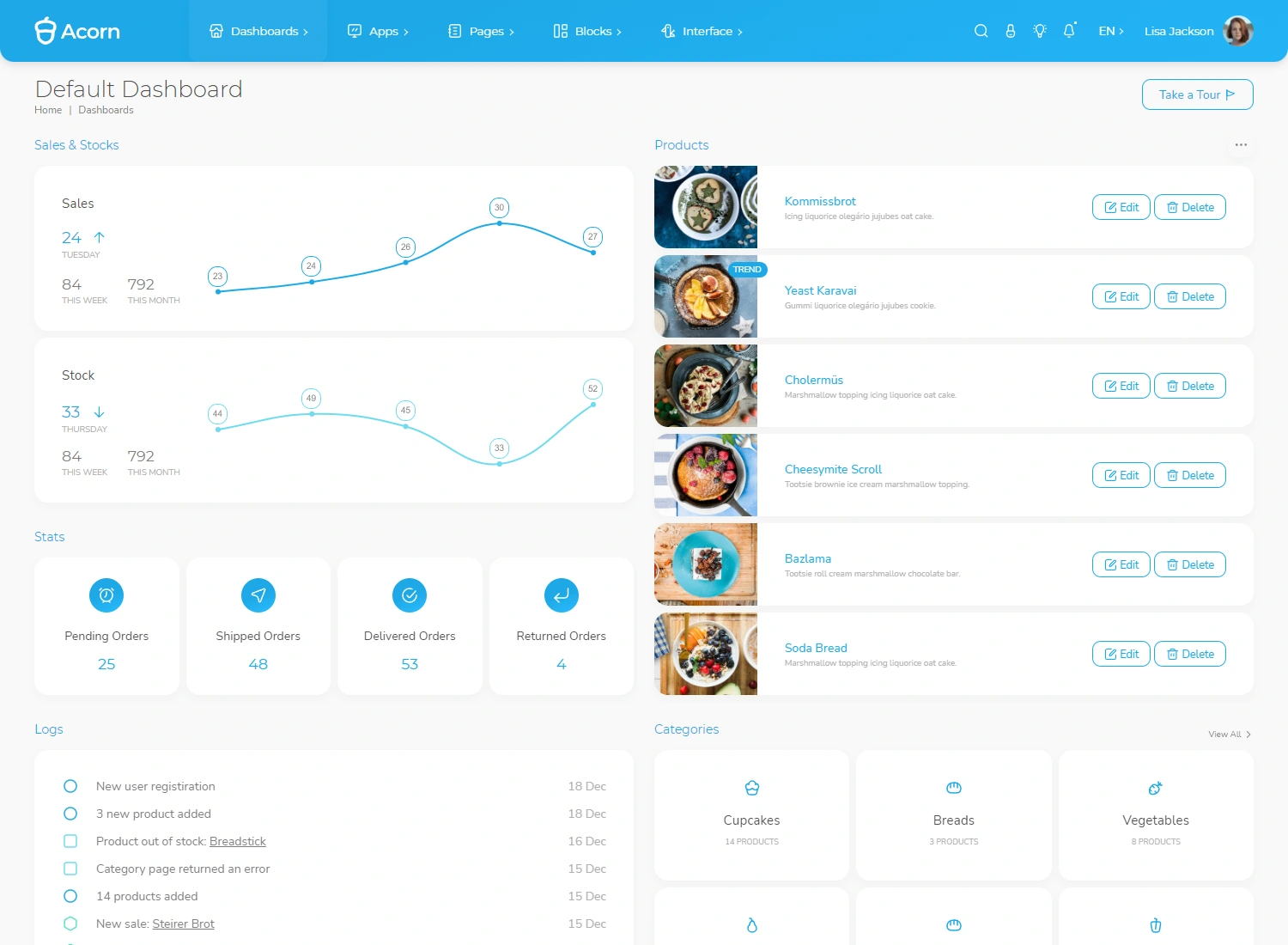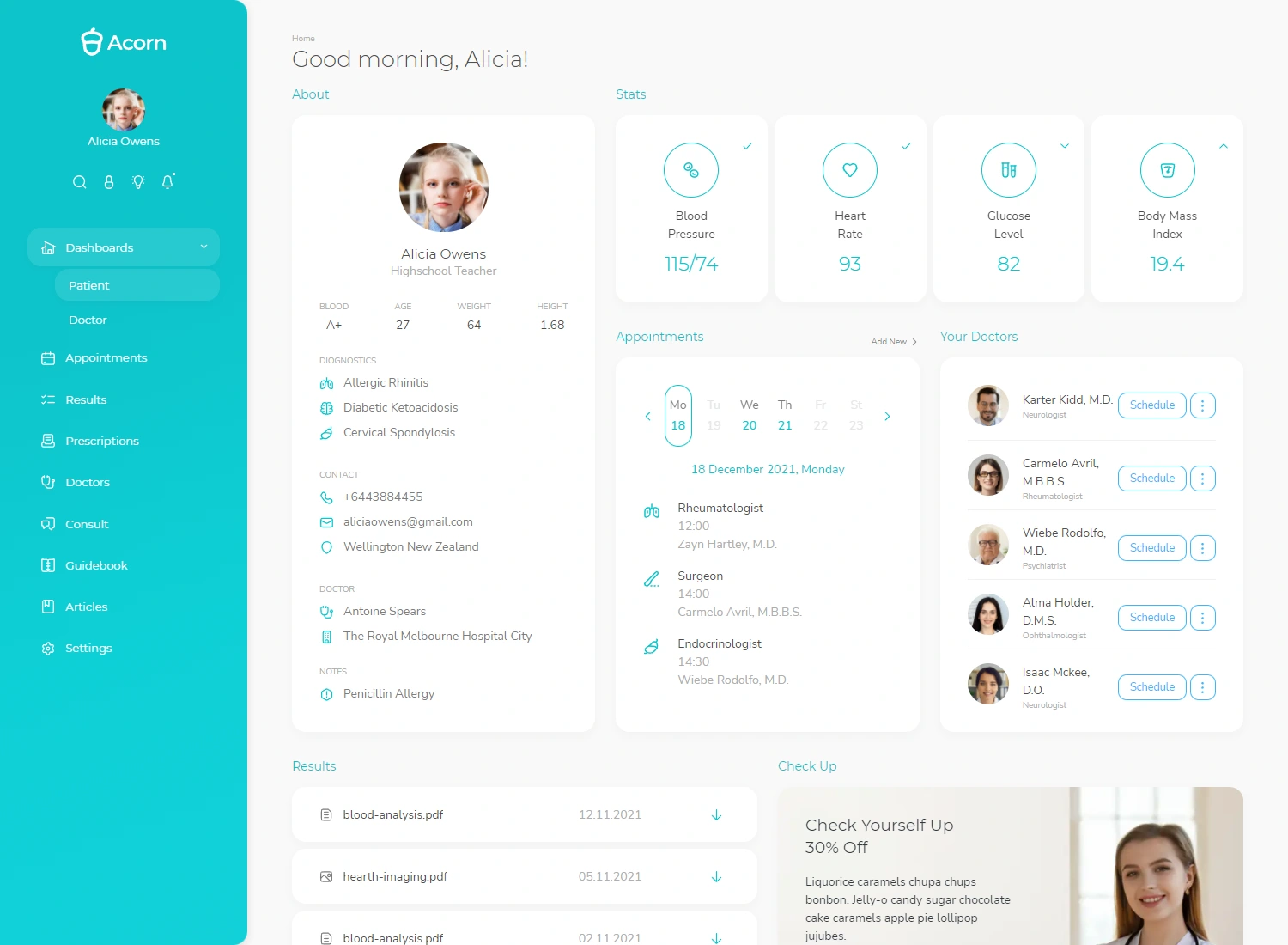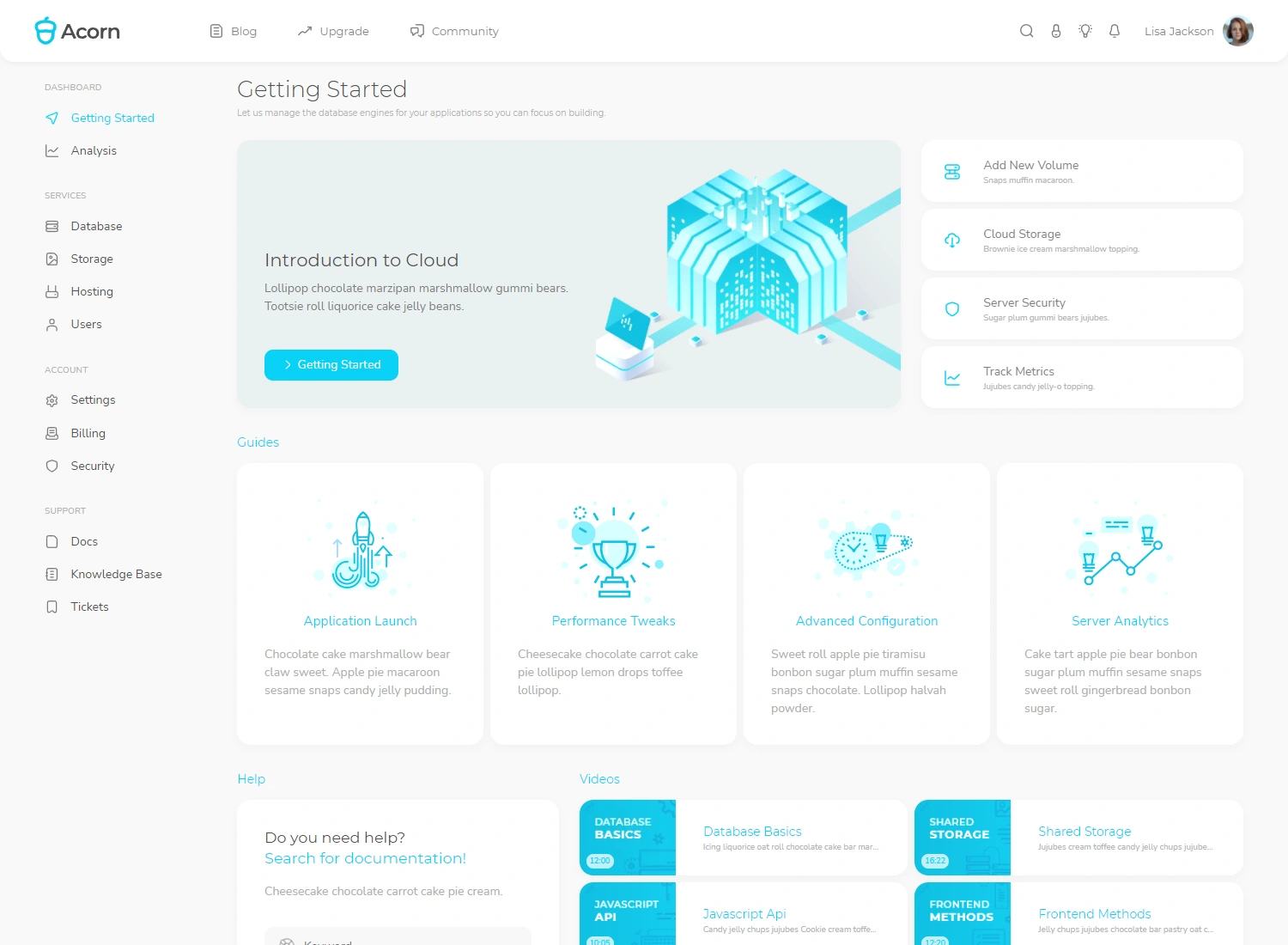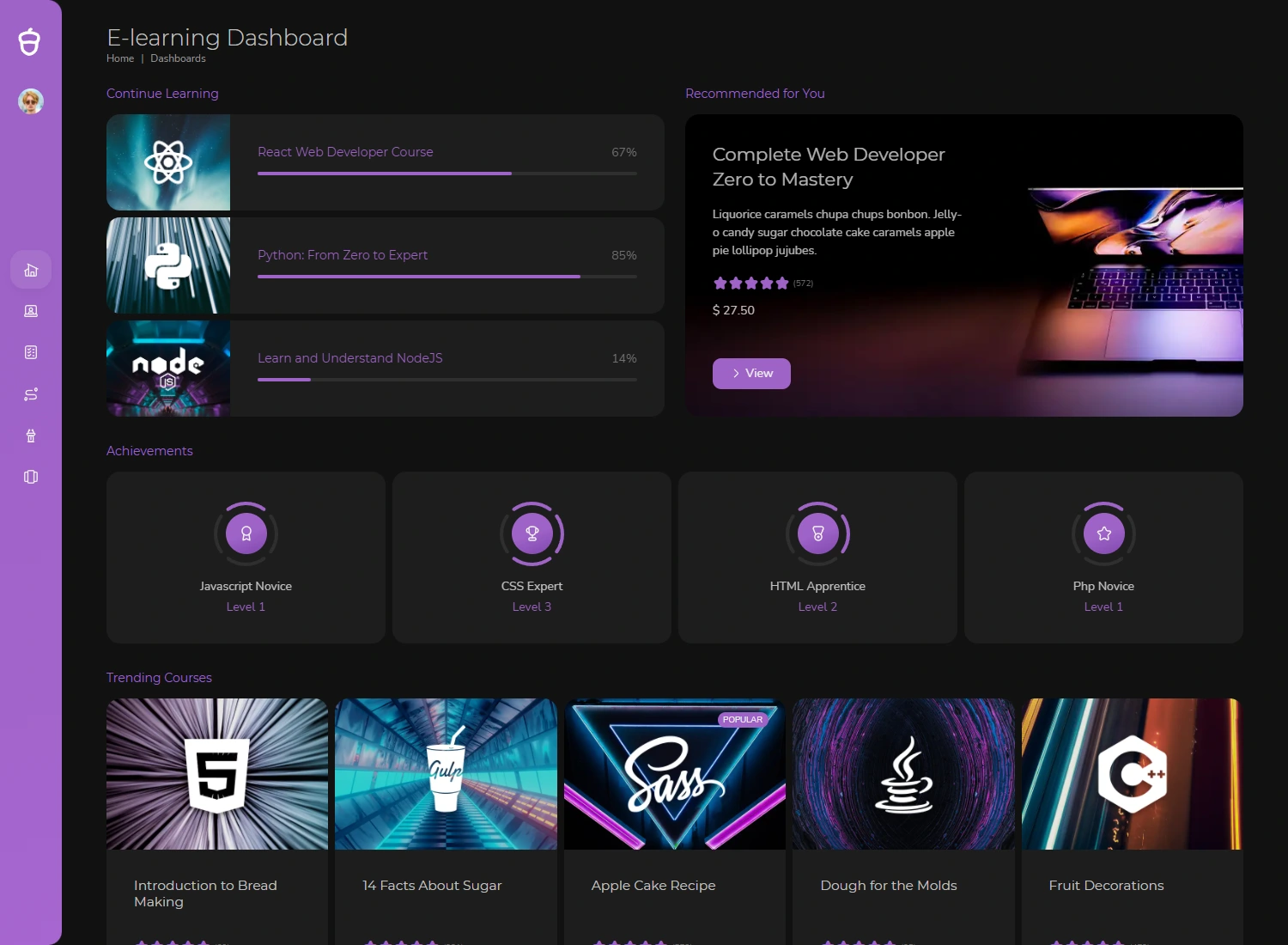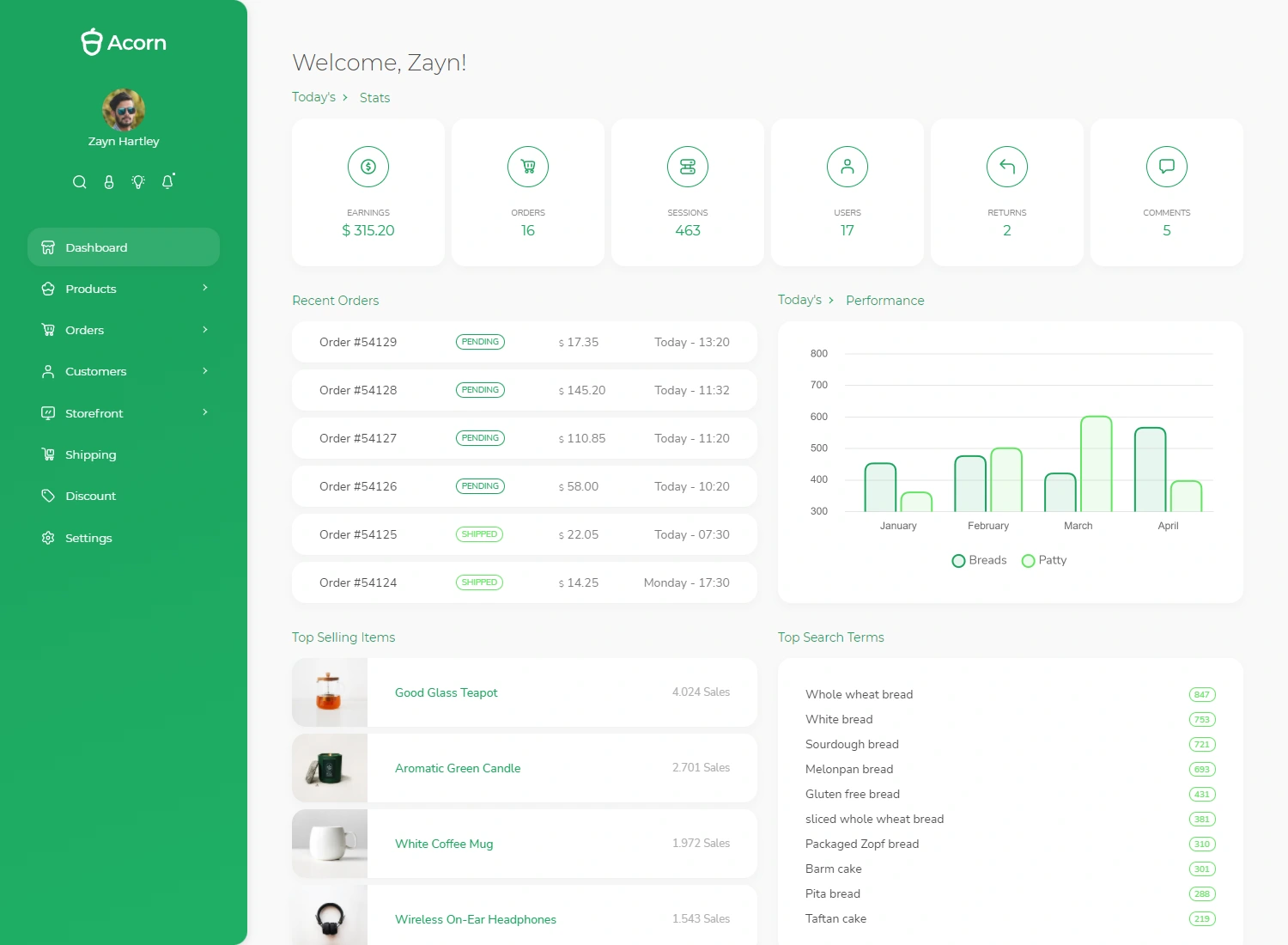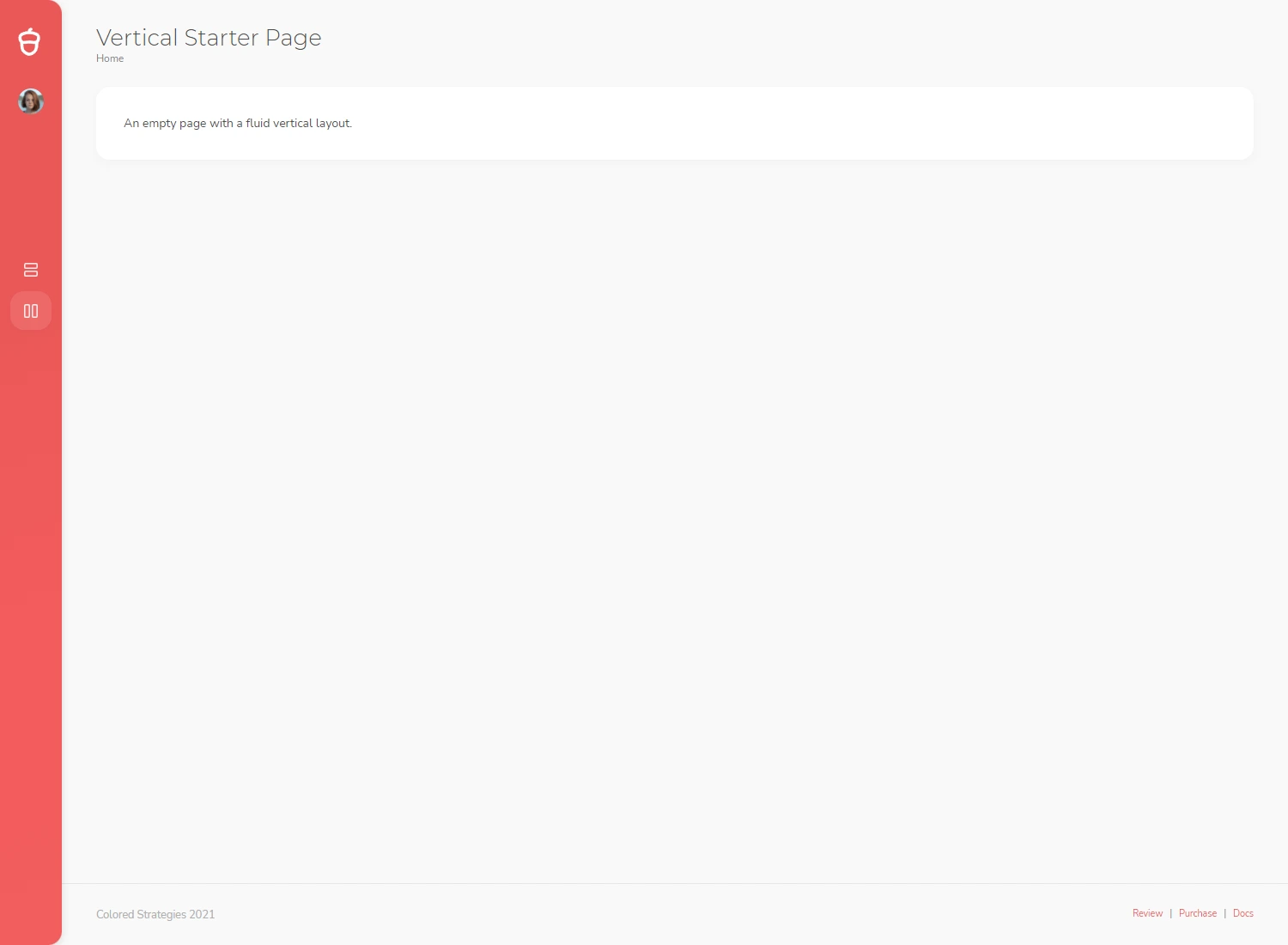1. Technology and Infrastructure
🚀 Satellite-Based Broadband
- Uses satellites in space to provide internet access.
- A ground station (gateway) transmits data to satellites, which then relay it to a user terminal (dish/receiver).
- Works through Geostationary (GEO) satellites or Low Earth Orbit (LEO) satellites like Starlink, OneWeb, and Project Kuiper.
Types of Satellite Internet:
-
Geostationary Satellites (GEO - 36,000 km altitude)
- Covers a large area, but has high latency (~600ms).
- Used by VSAT (Very Small Aperture Terminal) systems for remote communication.
-
Low Earth Orbit Satellites (LEO - 500-1,200 km altitude)
- Lower altitude → Lower latency (~20-50ms).
- Used by Starlink, OneWeb, and Amazon’s Project Kuiper.
🔌 Fiber Broadband (Optical Fiber-Based Internet)
- Uses fiber-optic cables made of glass or plastic to transmit data as light pulses.
- Data travels at the speed of light (~200,000 km/s in fiber), making it ultra-fast and low-latency.
- Infrastructure consists of underground or submarine fiber cables connecting data centers to homes (FTTH - Fiber to the Home).
2. Speed and Latency
| Feature |
Satellite-Based Broadband |
Fiber Broadband |
| Download Speed |
50 Mbps - 250 Mbps (Starlink) |
100 Mbps - 10 Gbps |
| Upload Speed |
10 Mbps - 50 Mbps |
50 Mbps - 1 Gbps |
| Latency (Ping) |
20 ms - 600 ms (LEO is lower) |
1 ms - 10 ms (Very Low) |
| Reliability |
Affected by weather, congestion |
Highly stable and reliable |
- Satellite Broadband has higher latency, making it less ideal for gaming, stock trading, and real-time applications.
- Fiber Broadband offers low latency and higher bandwidth, making it better for heavy data applications like 4K streaming, cloud gaming, and enterprise networking.
3. Coverage and Accessibility
| Feature |
Satellite Broadband |
Fiber Broadband |
| Coverage |
Global (remote areas, oceans, deserts) |
Limited to areas with fiber infrastructure |
| Best for |
Rural & Remote Areas, where fiber is not available |
Urban, suburban, and developed areas |
| Scalability |
Easy to expand by launching new satellites |
Expensive and slow to expand (laying cables) |
- Satellite broadband is ideal for remote locations, islands, ships, and military operations.
- Fiber broadband is best for densely populated areas where infrastructure is feasible.
4. Cost and Affordability
| Factor |
Satellite Broadband |
Fiber Broadband |
| Initial Setup Cost |
Expensive (Antenna, Dish ~ ₹40,000) |
Lower (Fiber modem ~ ₹2,000) |
| Monthly Plan |
Expensive (~₹5,000 - ₹8,000/month for Starlink) |
Affordable (~₹500 - ₹1,500/month for JioFiber, Airtel Xstream) |
| Long-Term Cost |
Higher due to satellite maintenance |
Cheaper with long-term use |
- Satellite broadband is costly due to space infrastructure.
- Fiber is more cost-effective for households and businesses.
5. Weather and Reliability
| Factor |
Satellite Broadband |
Fiber Broadband |
| Weather Sensitivity |
Affected by rain, storms, and solar activity |
Not affected |
| Reliability |
Can experience packet loss & signal drops |
Highly reliable, minimal downtime |
- Satellite signals degrade during bad weather, affecting speed and reliability.
- Fiber broadband is unaffected by atmospheric conditions.
6. Future Outlook
| Factor |
Satellite Broadband |
Fiber Broadband |
| Scalability |
Expanding with Starlink, OneWeb, and 5G backhaul |
Growing with submarine cables & FTTH |
| Best Use Case |
Remote areas, aviation, military, maritime |
Urban homes, offices, and data centers |
| Technology Evolution |
AI-powered routing, quantum satellite internet |
10 Gbps fiber, AI-driven networks |
- Satellite broadband is advancing with AI-based network management, laser-linked satellites, and 5G/6G integration.
- Fiber is evolving with higher-speed networks, quantum communication, and AI-powered routing.
Conclusion: Which is Better?
| Use Case |
Best Choice |
| Remote Areas, Villages, Disaster Zones |
🌍 Satellite Broadband (Starlink, OneWeb) |
| Urban Homes, Offices, Streaming, Gaming |
🚀 Fiber Broadband (JioFiber, Airtel Xstream) |
| Military, Ships, Airplanes, Space Missions |
🌌 Satellite Internet |
| Corporate Networks, Data Centers, 5G Backhaul |
🔌 Fiber-Optic Internet |
🔹 If you need ultra-fast, stable, and affordable internet → Fiber is best.
🔹 If you live in a remote area with no fiber availability → Satellite broadband is a good option.

